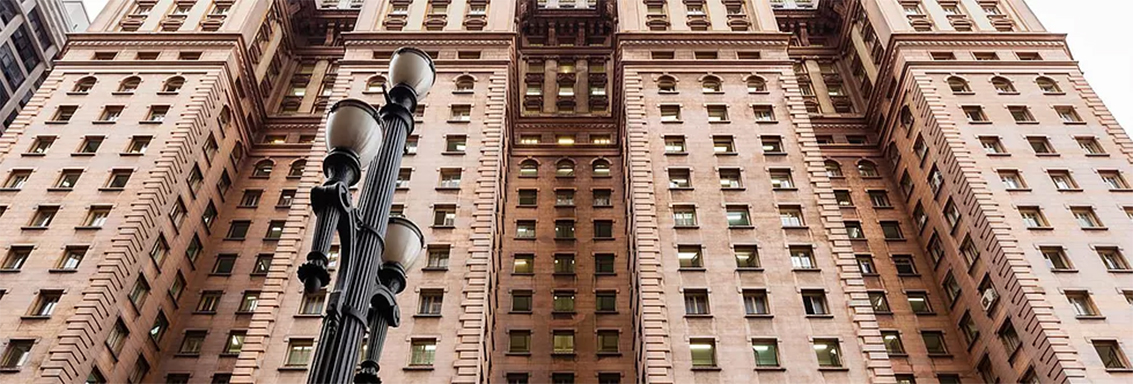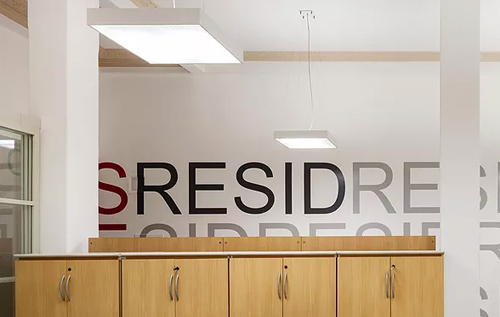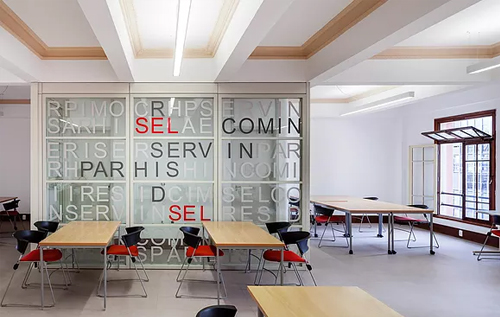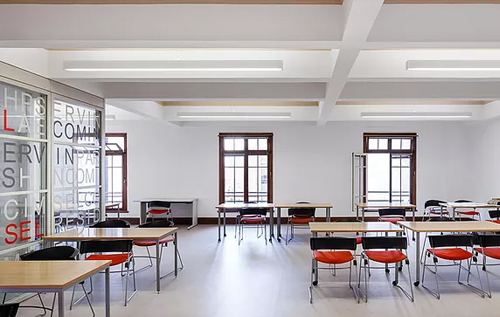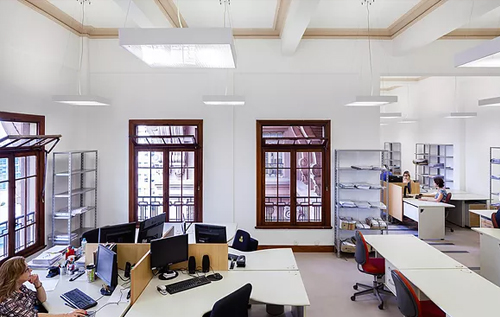Martinelli Building
A symbol of the verticality of the city of São Paulo, the Martinelli building is a landmark in the architecture of the 1930s, when it was erected between São Bento, Líbero Badaró and Avenida São João streets and won the title of the first skyscraper in Latin America. Its creator, Italian immigrant Giuseppe Martinelli, at the time summoned Hungarian architect William Fillinger of the Vienna Academy of Fine Arts to design the building. Initially he planned the 12-story masonry and concrete work, ending with 30 at Martinelli’s request. Today, the building belongs to the city hall and houses several municipal agencies. In order to modernize, but without losing its essence, the last five floors and the eighth floor of the building listed by the Historical Heritage, underwent a requalification in the hands of architect Paulo Lisboa. “It was necessary to accommodate approximately 600 employees of the Licensing Secretariat – formerly part of the São Paulo State Housing Secretariat – in a new location. As it is a large department, we resorted to a series of interventions to improve the conditions of use of a building: the retrofit ”, explains the architect. The changes meet the modernization process of the Licensing Secretariat itself, which requires work infrastructure that is very different from the one when the building was built – such as computerization, transparency, flexibility and productivity.


